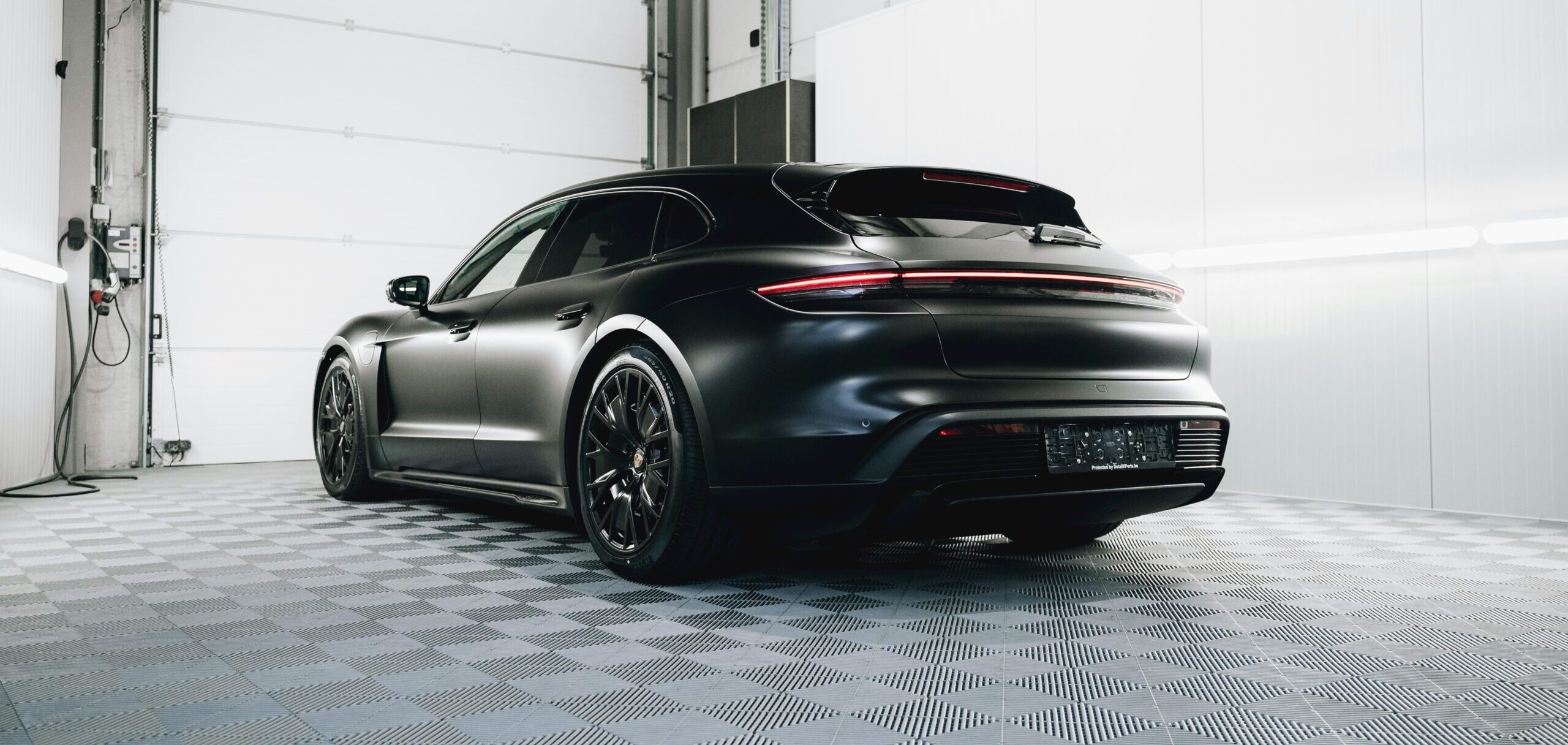ResearchAndMarkets.com has released its report on the paint protection film market. The paint protection film (PPF) market in 2023 was around $705.8 million and is expected to reach $1.33 billion by 2033, with a CAGR of 6.56% from 2023 to 2033.
The paint protection film market is poised for significant growth due to the increasing demand for automotive and consumer electronics devices along with coating films for paint protection, the research indicates.
Paint protection film is manufactured by utilizing advanced materials, such as thermoplastic polyurethane and polyvinyl chloride, to preserve paint and enhance durability. Paint protection film has been rapidly gaining prominence with the growing automotive, aerospace, and defense industries due to its advantages of surface protection.
Beyond the automotive realm, PPF is making inroads in sectors such as aviation, electronics, and construction.
PPF’s expansion has catalyzed innovation, propelling advancements in materials and manufacturing processes. Its wider adoption across industries underscores its role in asset protection, cost reduction, and ensuring long-lasting durability.
The automotive industry is a key driver of the paint protection film (PPF) market. Increased sales of passenger and commercial vehicles globally, coupled with rising paintwork costs, have boosted the demand for PPF.
Thermoplastic polyurethane (TPU) is the leading material for PPF production. Its popularity is driven by its unique properties, including flexibility, durability, self-healing capabilities, and optical clarity.
North America, is a prominent consumer of PPF in applications, including electric vehicles, consumer electronics, and aerospace and defense. The region, led by the U.S., has experienced substantial growth in electric vehicle adoption, driving increased demand for PPF to protect painted surfaces.
Today’s consumers, make significant investments in their vehicles and are seeking protection against environmental factors and road debris. This trend is particularly pronounced among luxury car owners who view PPF as a safeguard for maintaining the condition of their high-end vehicles. The rising sales of luxury cars have substantially contributed to the demand for PPF, further propelling market growth.
The increase in disposable income among consumers, has led to a greater desire for personalized vehicle aesthetics. Wealthier car owners are more inclined to invest in premium PPF solutions to protect their high-value vehicles. As disposable income grows, there is a shift toward high-end vehicles.
A major constraint in the global PPF market is the substantial investment associated with premium-quality films and their installation. Premium PPF’s advanced technology contributes to its higher price compared to standard alternatives such as ceramic coatings.
Another challenge is the lack understanding among consumers regarding the benefits and applications of PPF. This limited awareness influences consumer buying decisions and hinders the widespread adoption of this technology.
Additionally, collaboration between automotive service providers and PPF manufacturers to establish industry standards is a strategic opportunity. This partnership signifies a proactive response to consumer demands for standardized, high-quality protective solutions for their vehicles.
Learn more here.
